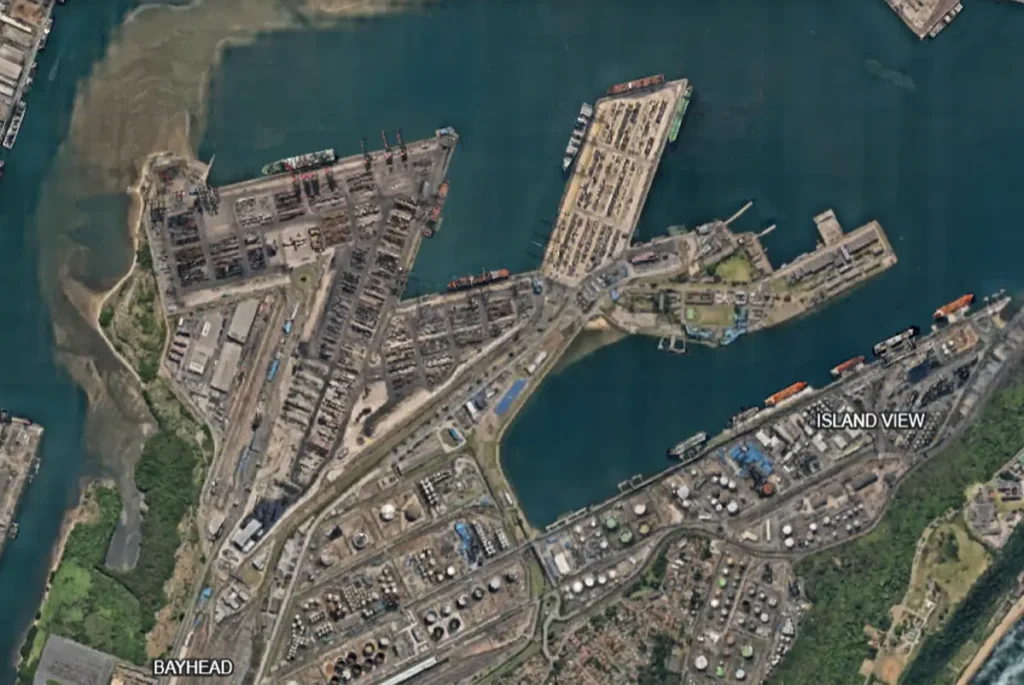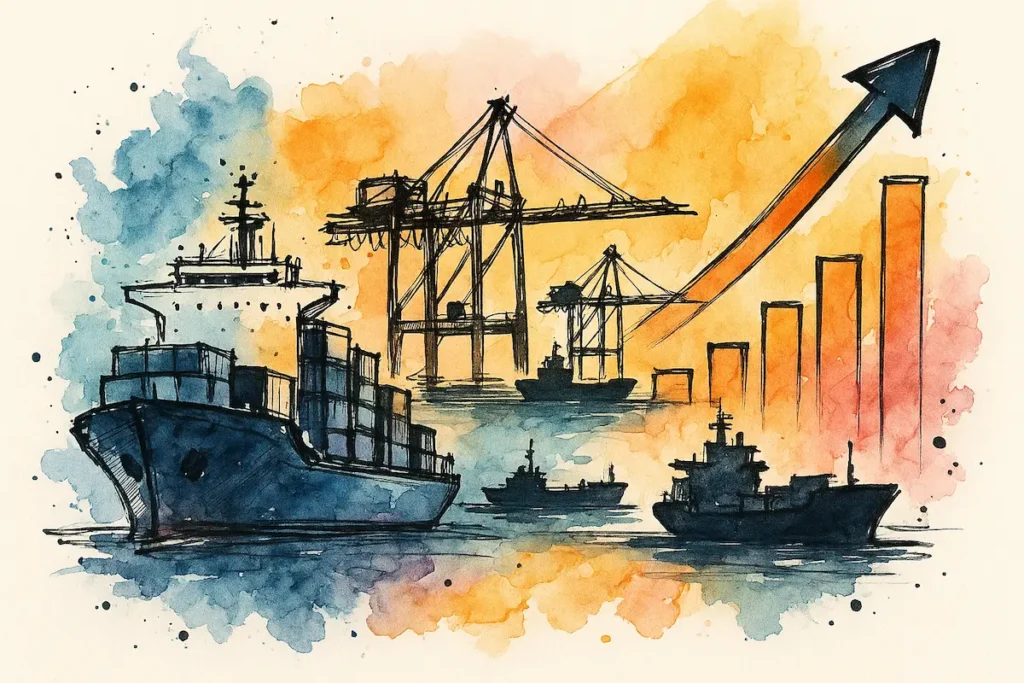Recently, there was a discussion in banking and ICC circles relating to a documentary credit that called for “one copy of surrendered bill of lading” to be presented..
What was instead presented were “3 original bills of lading” containing the wording “Original Bill Surrendered at Origin” in the body of the bill of lading..
The bank rejected the presentation on the basis that what was provided was not a “copy” but 3 of 3 original bills of lading, and that none of them contained a carrier’s stamp indicating surrender..
Non-consideration of practical shipping realities
While this issue created quite a stir in banking circles, I see it as a reminder that some banking practices fail to reflect the practical realities of shipping..
Here is why..
– Advertise Here –
When a bill of lading is issued as a negotiable document consigned to a bank (which is not the ultimate receiver), an original bill of lading endorsed by the bank to the ultimate receiver is required for the title to be transferred to the ultimate receiver and goods released..
The destination office of the carrier will typically expect an OBL showing final endorsement to the ultimate receiver before releasing the goods to them..
Now, if the original bill of lading has already been surrendered at origin to the carrier, then how would this endorsement or transfer of title happen from bank to receiver..??
Why, then, would a requirement for a “copy of surrendered bill of lading” even be accepted by the bank, when the only way such a document could realistically be produced would be if:
- The shipper gave their bank one or more OBLs for endorsement before presentation..
- Those endorsed OBLs were then surrendered to the carrier..
- The carrier placed a “surrendered” stamp on them and provided a copy back to the shipper..
- The shipper then presented that copy to the bank with the rest of the documents..
In practice, it is highly unlikely that banks would allow this sequence.. Bankers or exporters pls correct me if I am wrong..
The misnomer of “surrendered bill of lading”
It is worth pointing out that the term “surrendered bill of lading” is itself a misnomer.. There is no such type of bill of lading.. A surrender is a process, not a document..
A surrender occurs when one or more original bills of lading are handed back by the shipper to the carrier.. The location of surrender varies depending on trade circumstances and something as simple and practical as proximity of the customer to the carrier’s office..
The purpose of surrender is usually either:
- There is no time to send the paper originals to the consignee at the destination (such as in short sea trades), or
- The shipper finds it easier to surrender the document at the origin rather than couriering it onwards..
The process is straightforward:
- The shipper surrenders one or all originals to the carrier (or their agent)..
- The carrier’s office records the surrender and notifies the destination office by email or an update of their online system..
- The consignee can then collect the goods without presenting an original bill of lading..
- A “surrendered” stamp may be placed on the original for the carrier’s internal records and to confirm that the bill of lading has been duly discharged and accomplished.. Sometimes a copy is given to the shipper, but not always..
The unanswered questions
Beyond banks not fully considering the realities of shipping, there are further questions:
- How did the shipper obtain 3 original bills of lading that contained no surrender stamp, but carried the typed wording “Original Bill Surrendered at Origin”..??
- In my years of experience in the business and signing countless bills of lading, I have never seen a situation where a shipper is given all 3 originals back after surrender at origin..
- If all originals were indeed surrendered, there is no way the carrier should have returned them to the shipper for presentation..
These circumstances strongly suggest an error on the part of the carrier.. A carrier should never and would never issue a bill of lading already bearing the notation “Original Bill Surrendered at Origin”, nor should it return all originals to the shipper once they have been surrendered..
Responsibility of the bank
Another point raised in the discussion was: “there was a responsibility for the issuing bank to explain how the ‘surrender’ was to be evidenced on the copy of the surrendered bill of lading.”
This explanation is clear: if a “copy of surrendered bill of lading” is required, the only way to evidence it is with a “surrendered” stamp placed by the carrier on the original, with that stamped copy then presented under the credit..
Closing thoughts
This case highlights the importance of aligning banking requirements with shipping realities..
Documentary credits that call for documents which do not exist in practice, or which cannot logically be produced, place all parties – shipper, bank, and carrier – at risk..
Herein lies the need for banks to better understand and explain the practicalities of shipping to their customers, whether applicant or beneficiary..
In this case, it appears neither the issuing bank, nor the nominating bank, nor the beneficiary raised any alerts on the requirement for a “copy of surrendered bill of lading”..














